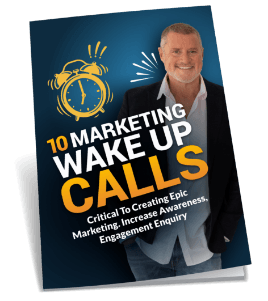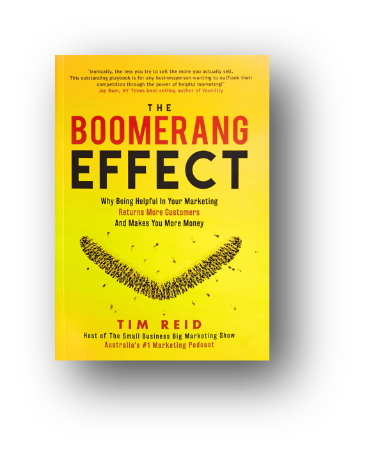Did you know that Amazon’s Kindle was the result of a simple but incredibly powerful process called Working Backwards? In fact, every idea that comes out of Amazon goes through this same process. And today that process is revealed … in detail … by Jeff Bezos’s shadow! Yep, his right hand man! It’s a straight-to-the-top episode 539 of The (12 year-old, award-winning) Small Business Big Marketing podcast.
A Little More About Jeff Bezos’s Shadow Colin Bryar …
Today’s guest, Colin Bryar, joined Amazon in 1998 as a key player of their leadership team. He then served as their Vice-President, and for his final two years was Chief of Staff AKA Jeff’s shadow!
Since leaving the world’s most successful business, he’s co-authored a book titled Working Backwards, which is the central principle Amazon has used since day one to guide the creation of every one of their ideas and products.
In fact, the Kindle was the first product that resulted from the working backwards philosophy.
So pen and paper at the ready team as Colin shares a mountain of gold and then some. He even gives us some candid insights into his old boss who happens to be the richest person in the world! You’ll never guess what he drove until recently!
I started off by asking Colin what Amazon started out as and what it is today …
Timbo’s Top 3 Attention Grabbers
- I love, love, love Amazon’s approach to starting with the customer and working backwards. Seems obvious, but not enough business owners do it.
- I love how the working backwards approach starts with the owner of the idea writing an internal press release that announces the finished product (that is yet to exist!). You’ll find a full outline of how to write the press release below.
- I love the idea of “hiding complexity”. Amazon has always been at the forefront of this type of thinking – in fact Bezos himself wrote a book back in 2012 called One Click.
The Working Backwards Process – Press Release Outline
- Heading – Name the product in a way your target customers will understand.
- Sub-Heading – Describe who the market for the product is and what benefit they get.
- Summary – Summarise the product and key benefit.
- Problem – Describe the problem your product solves.
- Solution – Describe how your product elegantly solves the problem.
- Quote from You – A quote from a spokesperson.
- How to Get Started – Describe how easy it is to get started.
- Customer Quote – Provide a quote from a hypothetical customer describing how they experienced the benefit.
- Closing and Call to Action – Wrap it up and give pointers where the reader should go next.
Last Week’s Episode of The Small Business Big Marketing Podcast
Thanks for tuning in. May your marketing be the best marketing.




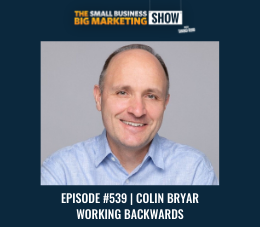
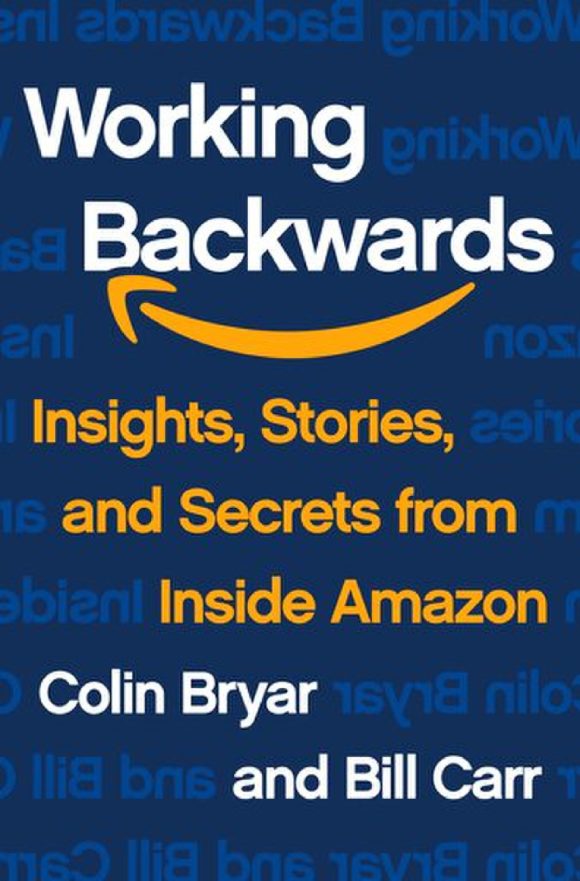
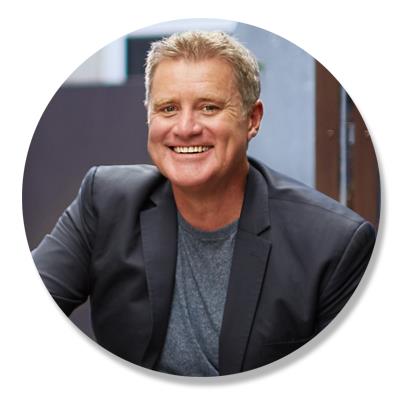







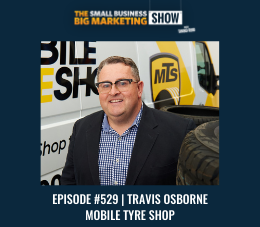
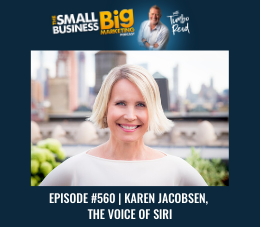
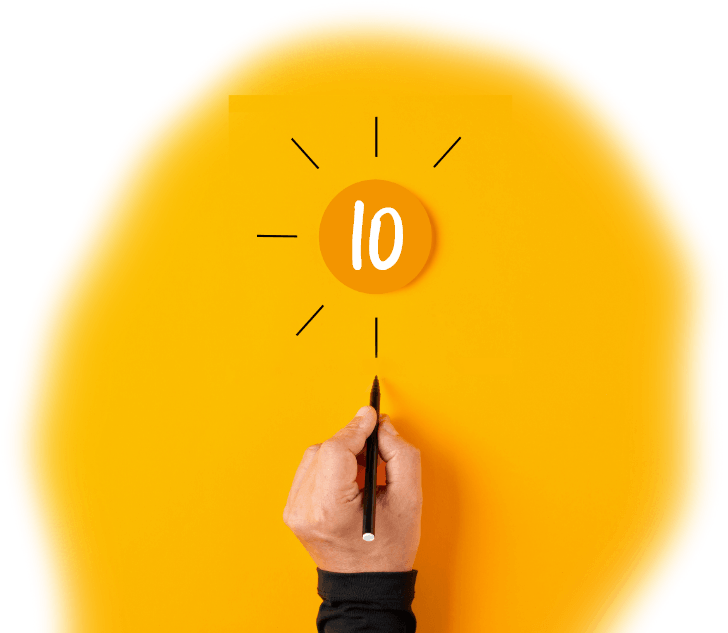
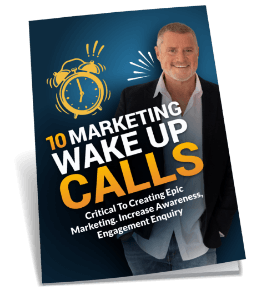
 Grab My 10 Marketing
Grab My 10 Marketing